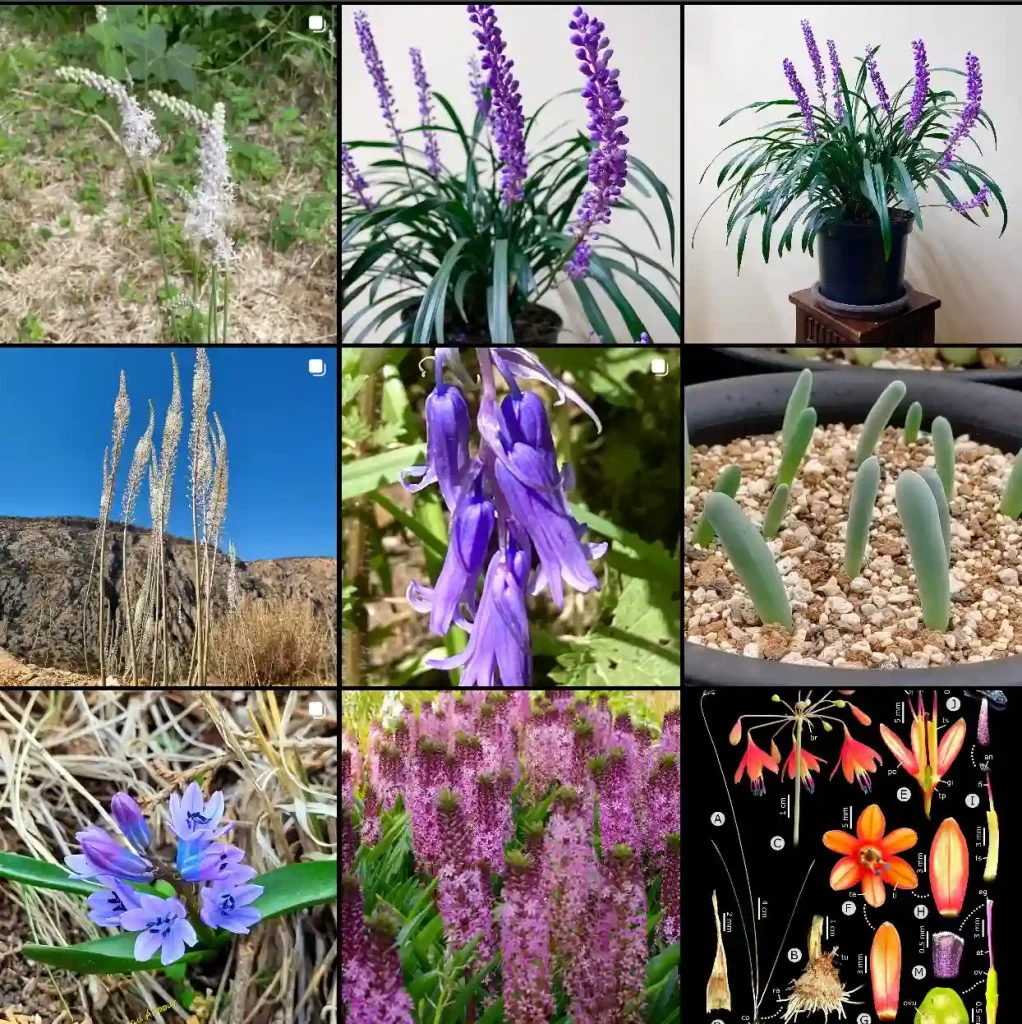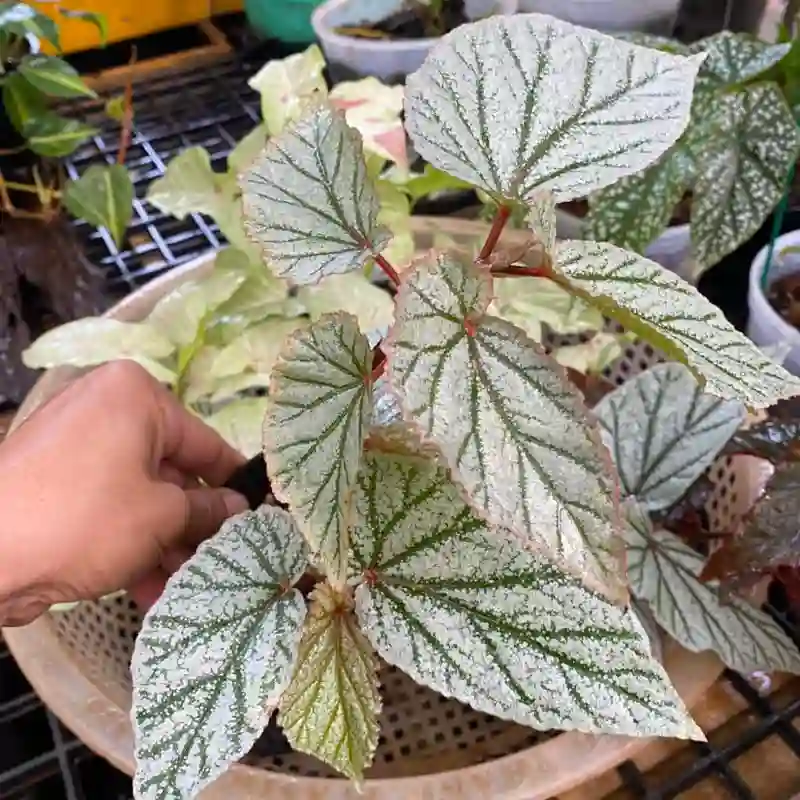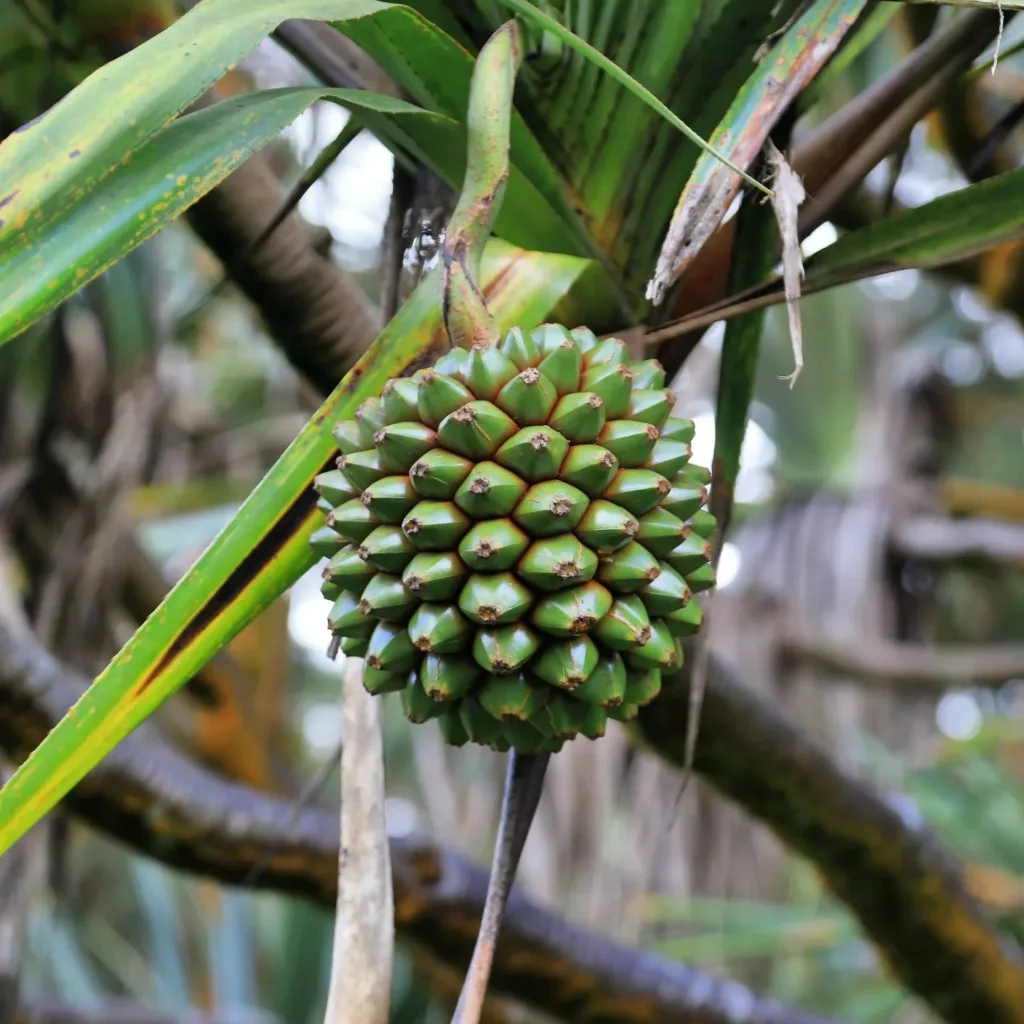FAQs About Acmispon Strigosus
As someone who has spent a lot of time cultivating and learning about various plants, I’ve found that Acmispon Strigosus, often known as the Strigose Lotus or the California Lotus, has piqued my interest. This plant, native to the southwestern United States, is appreciated for its unique beauty and adaptability. In this article, I’ll address some frequently asked questions about Acmispon Strigosus, including its care, propagation, and uses.
What Is Acmispon Strigosus?
Acmispon Strigosus is a perennial legume that belongs to the Fabaceae family. It’s often found in the deserts and rocky soils of California and other southwestern states. The plant is known for its small, yellow flowers and delicate foliage. Its low-growing, spreading habit makes it a great choice for ground cover in arid regions.
How to Care for Acmispon Strigosus?
Caring for Acmispon Strigosus is relatively straightforward. This plant thrives in full sun and well-draining soil. Here are some key points for its care:
- Sunlight: Acmispon Strigosus prefers full sun exposure. It needs at least six hours of direct sunlight each day to flourish.
- Watering: This plant is drought-tolerant once established. Water it sparingly, allowing the soil to dry out between watering. Overwatering can lead to root rot.
- Soil: Well-draining soil is essential. Sandy or gravelly soils work best, mimicking its natural desert habitat. If your soil retains too much moisture, consider amending it with sand or gravel.
- Fertilizing: Fertilization is usually unnecessary for Acmispon Strigosus. If desired, a light application of a balanced fertilizer in the spring can encourage growth.
How to Propagate Acmispon Strigosus?
Propagating Acmispon Strigosus is quite easy. Here’s how you can do it:
- Seeds: The most common method is by seed. Collect seeds from mature plants in late summer or early fall. Sow them in well-draining soil, and lightly cover them. Keep the soil moist until germination. Seeds usually sprout within a few weeks.
- Cuttings: Although less common, you can propagate the plant through cuttings. Take cuttings from healthy plants and allow them to callus for a day or two before planting in a well-draining medium.
What to Plant With Acmispon Strigosus?
Acmispon Strigosus pairs well with other drought-tolerant plants. Here are a few suggestions:
- Desert Marigold (Baileya Multiradiata): Its bright yellow flowers complement the yellow blooms of Acmispon Strigosus.
- California Poppy (Eschscholzia Californica): The vibrant orange of California Poppy creates a stunning contrast with the subtle hues of Acmispon Strigosus.
- Verbena (Verbena Species): These provide a splash of color and can handle similar growing conditions.
How to Use Acmispon Strigosus?
In the garden, Acmispon Strigosus serves multiple purposes:
- Ground Cover: Its spreading nature makes it an excellent ground cover for xeriscaping and erosion control.
- Wildlife Habitat: The plant attracts pollinators such as bees and butterflies, contributing to a diverse garden ecosystem.
- Ornamental: With its delicate foliage and bright flowers, it can add a touch of beauty to any arid landscape.
Is Acmispon Strigosus Toxic?
One of the advantages of Acmispon Strigosus is that it is non-toxic to pets and humans. This makes it a safe choice for gardens frequented by children and animals.
How to Manage Pests and Diseases?
Acmispon Strigosus is relatively pest-resistant. However, you should keep an eye out for common issues:
- Aphids: These small insects can sometimes infest the plant. Use insecticidal soap or a strong spray of water to remove them.
- Powdery Mildew: In very humid conditions, powdery mildew can occur. Ensure good air circulation and avoid overhead watering to prevent this issue.
When to Prune Acmispon Strigosus?
Pruning is not strictly necessary for Acmispon Strigosus, but occasional trimming can help maintain its shape and encourage denser growth. Prune after flowering to remove any dead or unsightly stems.
Conclusion
Acmispon Strigosus is a versatile and attractive plant suitable for a variety of gardening applications. Its low-maintenance nature, drought tolerance, and non-toxic properties make it an excellent choice for arid landscapes and wildlife-friendly gardens. Whether you’re adding it to a desert-themed garden or using it for ground cover, Acmispon Strigosus offers both beauty and practicality.
If i die, water my plants!



